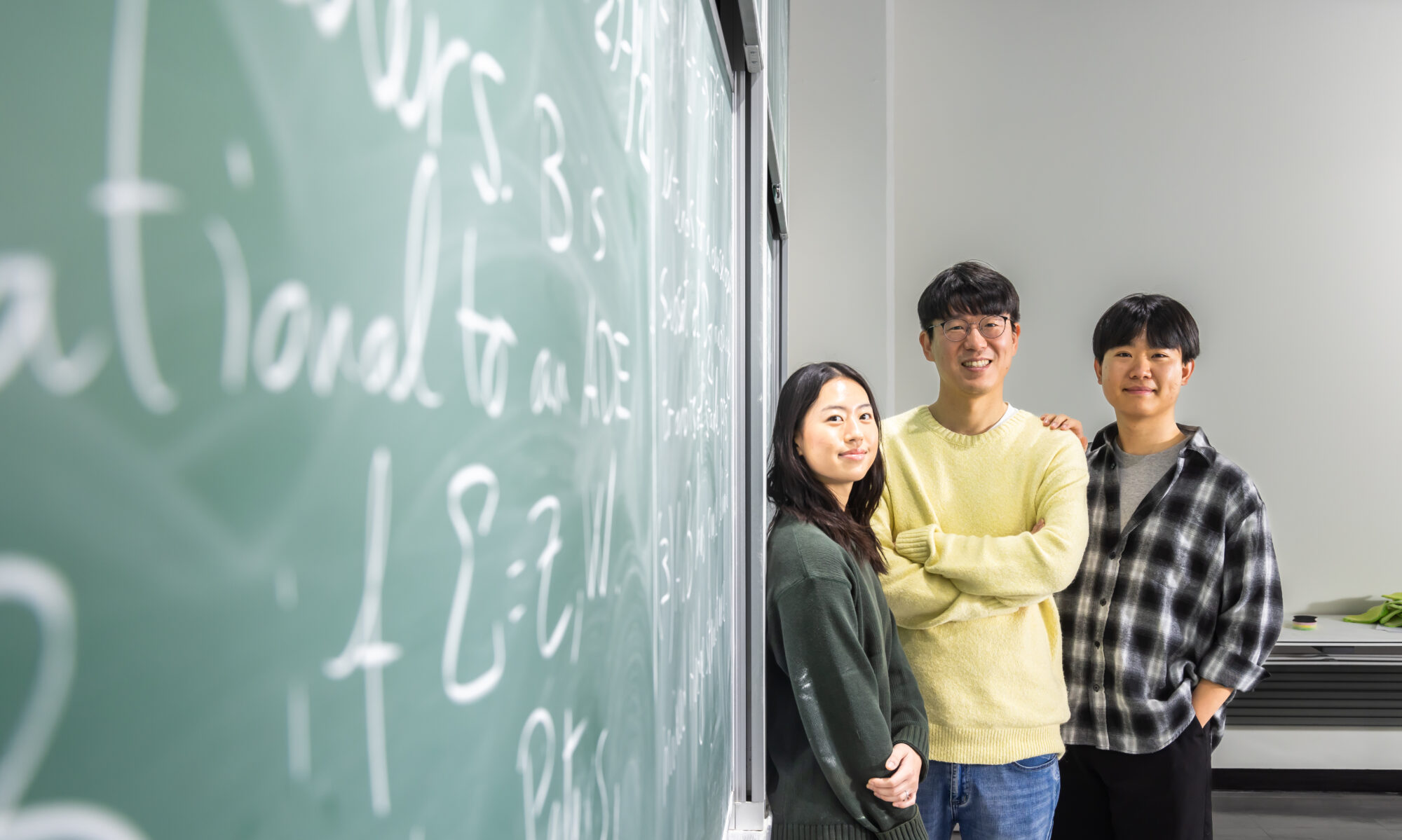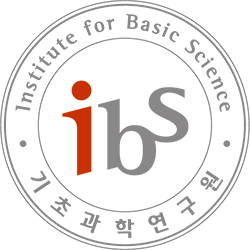Universal structural requirements for maximal robust perfect adaptation in biomolecular networks
B378 Seminar room, IBS 55 Expo-ro Yuseong-gu, Daejeon, Korea, Republic ofAbstract: Consider a biomolecular reaction network that exhibits robust perfect adaptation to disturbances from several parallel sources. The well-known Internal Model Principle of control theory suggests that such systems must include a subsystem (called the “internal model”) that is able to recreate the dynamic structure of the disturbances. This requirement poses certain structural constraints on the network …

